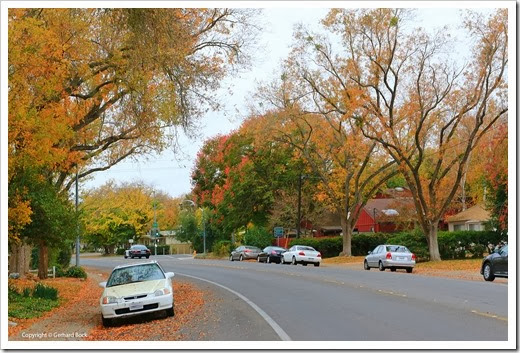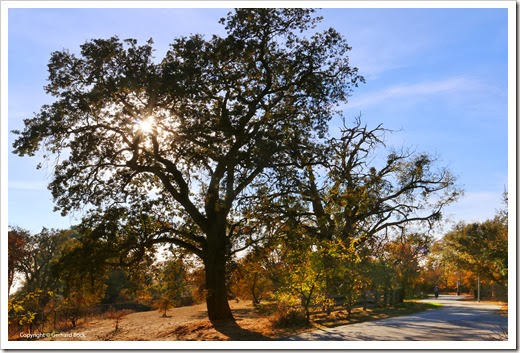Getting ready for the big chill

Towards the middle of next week our stunning fall weather (low 70’s today) will come to a screeching halt as a cold front from Alaska will sweep down into Northern California. The different weather providers can’t seem to agree just how bad it will be; the most optimistic is forecasting lows around 30°F, the most pessimistic a low of 23°F (!) on Thursday, December 5. Normally I wouldn’t worry quite yet but since I’m leaving tomorrow morning for Arizona , I needed to take precautions today. In a hectic two-hour period, my wife and I draped holiday lights over plants and then covered them with frost cloth and, after we’d run out of frost cloth, old sheets. Ideally, I would have liked some more time, but it is what is. Here are some before and after photos: Succulent table next to front porch Assorted agaves and cacti on front porch















